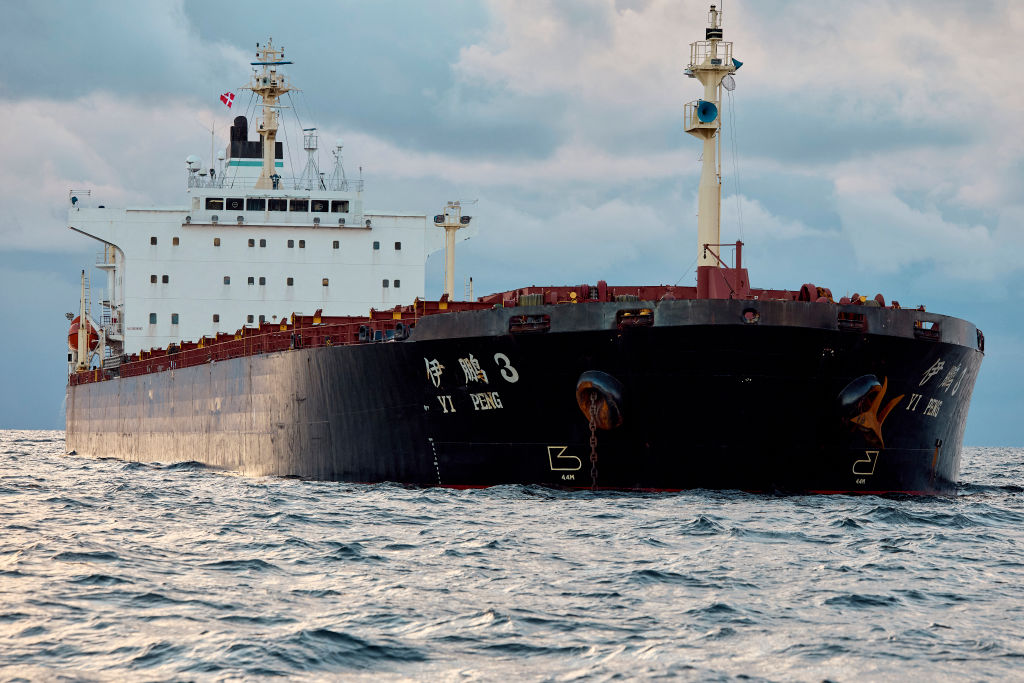The Mysterious Breakage of Finland’s Subsea Cables
On Christmas Day, Finland faced a severe disruption as one of its critical subsea cables linking its electricity grid with Estonia, Latvia, and Lithuania was severed. Simultaneously, four subsea data cables—three connecting Finland to Estonia and one to Germany—were also damaged. These incidents have sparked serious concerns over the vulnerability of Europe’s subsea infrastructure, which plays a crucial role in energy and internet connectivity across the region.
Finnish authorities launched an investigation immediately, detaining a tanker suspected of involvement in the sabotage by 26 December. The ship was stopped in Finnish seas; it was registered in the Cook Islands and was purportedly operated by Russia. Officials suspect the tanker’s crew intentionally severed the cables and may have been equipped with tools for intercepting radio communications, raising suspicions of a broader intelligence operation.
The targeted disruption of undersea cables requires significant expertise and precision. Finnish officials have highlighted the growing frequency of such incidents, suggesting deliberate attempts to test the effectiveness of using civilian vessels for sabotage. These events underline the urgent need for enhanced security measures to protect critical infrastructure from further threats.
Previous Incidents in the Region
In November, Europe faced two major disruptions to undersea data cables within consecutive days, raising alarm over potential sabotage. The BCS East-West Interlink cable, connecting Gotland to Lithuania, was severed on 17 November, causing significant communication issues in Lithuania. A day later, the C-Lion 1 telecommunications cable, linking Helsinki to Rostock, Germany, was damaged near Sweden’s Oland Island. Investigations revealed that external forces were responsible for both incidents, strongly suggesting deliberate acts rather than accidents.
Suspicion deepened with the presence of the Chinese-flagged vessel Yi Peng 3 near both sites of disruption. The ship’s movements raised concerns, but Swedish authorities faced legal limitations as the vessel was in international waters. Despite requesting China’s cooperation for an investigation, their request was denied, leaving authorities unable to examine the ship or hold its crew accountable for the suspected sabotage.
China’s refusal to assist has drawn sharp criticism from European officials. International law obliges countries to cooperate in uncovering the truth in such cases to prevent further harm. By withholding access to the vessel, China has been accused of undermining trust, transparency, and international norms, further intensifying concerns over the security of global undersea infrastructure.
The Growing Threat to Global Infrastructure
Undersea infrastructure, the backbone of global communications and energy systems, has recently come under threat. Incidents like the severing of Finland’s electricity and data cables have revealed vulnerabilities with severe economic and security implications. These cables play a critical role in connecting countries, supporting trade, and ensuring secure communications. Their disruption not only impacts regional connectivity but also creates broader instability across interconnected global systems.
Malicious actions by state-linked entities have exacerbated these concerns. A Russian-operated tanker suspected of severing cables in Finnish waters has been linked to efforts to bypass sanctions. Meanwhile, a Chinese-flagged vessel near damaged cables in November has drawn scrutiny, with Beijing refusing to cooperate in international investigations. These incidents suggest deliberate interference, testing the resilience of vital infrastructure.
Fragile Subsea Cables and Legal Loopholes
Subsea cables remain susceptible to easy interference despite their importance. Finnish authorities have reported multiple cases of suspected anchor-dragging, believed to be deliberate attempts to damage these systems. Experts warn that these acts demonstrate how even civilian vessels can cause widespread disruptions, raising questions about the adequacy of current monitoring and protection measures.
International laws have also proven insufficient in ensuring accountability for such acts. In the November case involving a Chinese vessel, Sweden’s limited authority in international waters allowed potential saboteurs to evade prosecution. Under the United Nations Convention on the Law of the Sea, only the vessel’s home country holds investigative authority. China’s refusal to grant access has undermined trust and cooperation, setting a troubling example for future cases.
These incidents are a wake-up call for countries worldwide, especially in regions reliant on undersea infrastructure. The disruptions in Europe highlight the fragility of these systems and the risks posed by state-backed or tolerated actors. Safeguarding such critical infrastructure requires stronger international cooperation, legal reforms, and proactive measures to deter further sabotage.

